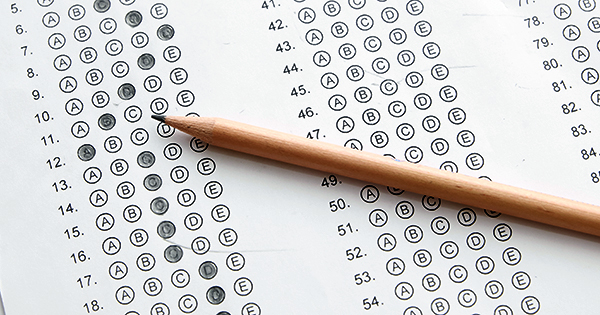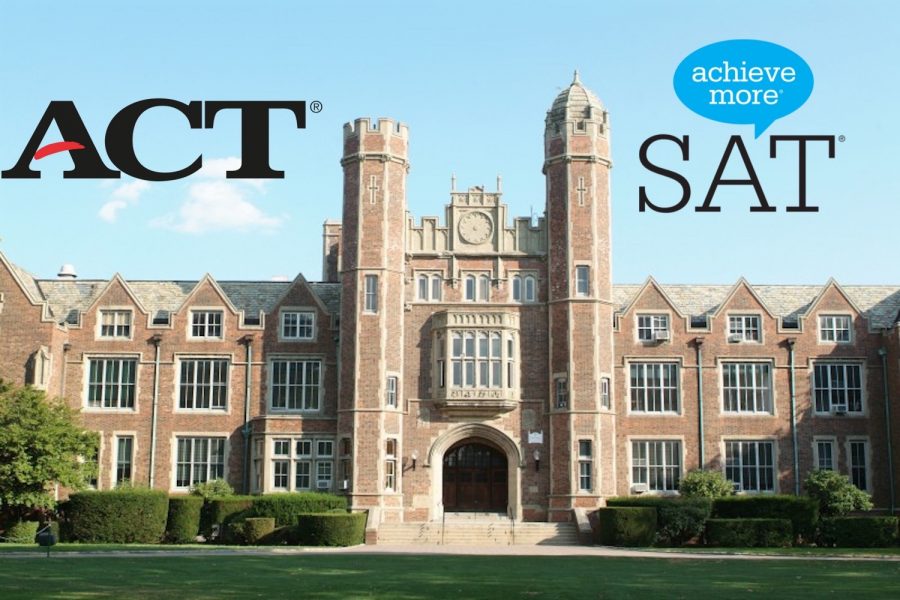Why all colleges should have test-optional admissions
Colleges should remove the requirement of standardized test scores from high school applications.
Over the past decade, individual colleges have removed the requirement of standardized test scores from their applications. With this advancement, students applying to schools in the United States will no longer go through the standard college testing process with the ACTs and SATs. These schools, known as test-optional colleges, allow students to decide whether to submit their test scores with their application, according to collegedata.com. In the future, all colleges should make submitting standardized tests scores optional. This will decrease the stress level and cost of the college process.
Test-optional admissions will positively affect those applying to college. Studying for standardized tests adds to the amount of schoolwork students already have throughout the year. Test-optional admission is also beneficial because if students score well on their exams but not the ACT and SAT, it can negatively impact their chances of getting into college.

This new admissions policy also recognizes a student’s other achievements, such as the Grade Point Average (GPA), extracurricular activities, and other out of school hobbies. Although ACT and SAT scores may give those students who are strong test takers an advantage in college admissions, the scores detract from other academic achievements throughout their high school career.
Another positive aspect of the removal of standardized testing mandate is the decrease in cost of the college process. Along with the classes that prepare for the SAT and ACT test, the tests themselves are a financial burden.
The College Board charges students $50.50 to take the ACT exam. Students must pay $67 to take the test with the essay portion. For the SAT, the College Board charges a $47.50 fee, and a $64.50 fee to take the exam with the essay, according to vox.com. To send a student’s SAT score to a college, it costs $11.25, according to blog.prepscholar.com. To send an ACT score, a student must pay $13, according to chronicle.com.
Some of the most recent colleges to become test-optional are Bucknell University, The University of Chicago, and the University of Rochester, according to niche.com. Schools that first pertained to the test-optional rule are Bowdoin College (1969), Marquette University (2005), St. Lawrence University (2006), and Wake Forest University (2008), according to prepscholar.com. Last year, Hampshire College decided to not accept SAT or ACT test scores from high school applicants, according to hampshire.edu.
Mrs. Christine Gerrity, Co-Director of College Guidance, spoke about the effects of test-optional admissions and how she thinks it will change the future of the college application process.

“The test-optional platform was designed specifically to benefit college-bound students whose academic achievements might not align with their standardized test scores,” Mrs. Gerrity said. “Over the past three years, we have seen a marked increase in the number and, importantly, the variety of colleges and universities adding this option to their roster of application guidelines. We do believe that this trend will continue and that, over time, a test-optional policy may approach mainstream status.”
Standardized testing should not be a required aspect of a college application. In the future, this adjustment would minimize the stress level for high school students during their college searches. Not taking standardized tests also lowers the overall cost of the college process as sending scores to a college and taking the actual exam is very expensive.
Featured Image by Jacey Heffernan ’21

This is Jacey's third year in the newsroom. She is honored to continue her leadership role as one of the the 2020-2021 Content Editors for the King Street...


